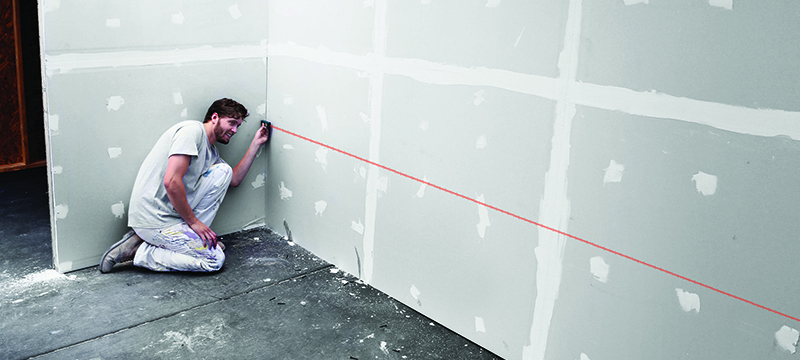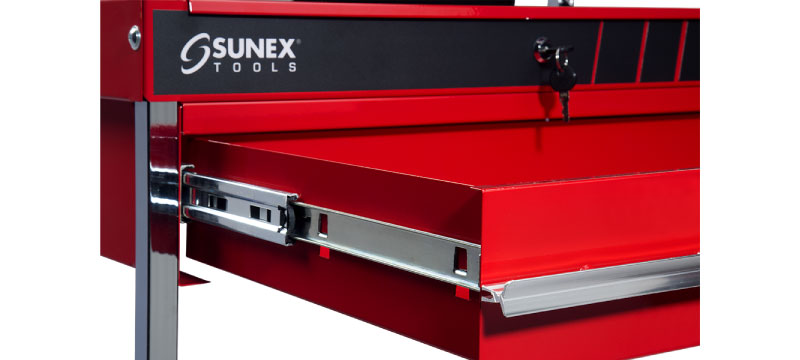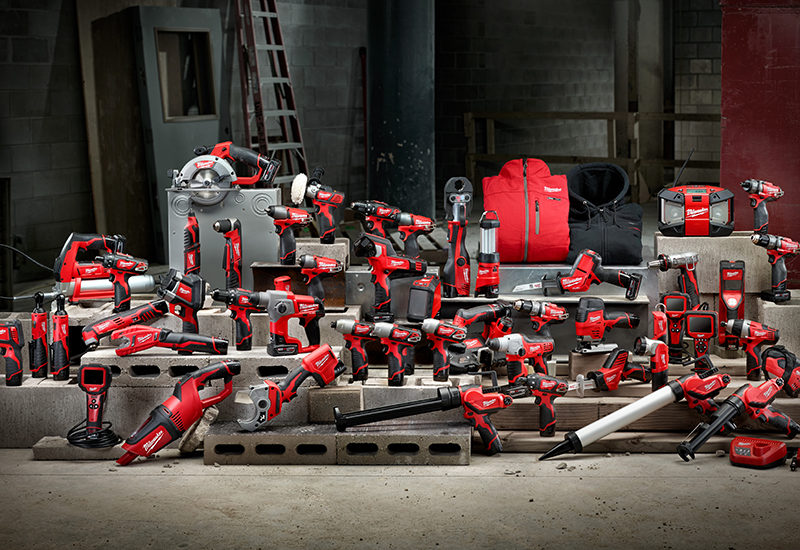Today’s types of measuring tools have come a long way since the humble tape measure. Laser measuring tools guarantee improved accuracy and are far more convenient for the DIY specialist and the seasoned professional.
Features to Consider
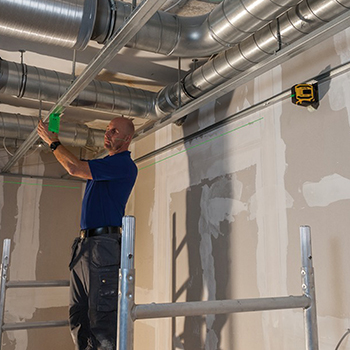
Before you purchase, please consider the various uses of your measuring tool. Are you simply looking to replace your measuring tape for logging distance, or do you need a device to perform and store calculations? Measuring tools have advanced functions that can speed up almost any professional task.
Narrowing down these functions is an intelligent determinant when choosing a measuring tool. If you work remotely and need extended power all day, look for tools with extended battery life. Some remote control features help long-distance measuring roads, foundations, and more. Tools with multi-surface capacity measure and simultaneously store different angle measurements for other surfaces or uneven surfaces. If you’re pouring a foundation or framing a room, many angle finders calculate and store multiple angle measurements for increased accuracy.
Look for the total range of any single device. If you consistently work in a smaller area on more significant commercial sites or larger homes, you need a device that has a more extensive measuring range. You may also need a device with a larger memory capacity for complex projects, such as road construction.
Bluetooth and Mobile Devices
Many manufacturers have married the convenience of laser measuring tools with the added functionality of mobile devices. Free iOS and Android apps sync with the measuring tool’s Bluetooth function to automatically store angle and distance measurements. Depending on the app’s capabilities, you can keep and calculate multiple angles, distances, and more for convenient onsite calculations. This makes onsite estimates and plans faster and easier. Some apps can interact with planning software, like AutoCAD, to integrate measurements into building plans, blueprints, and permit packs more efficiently.
Different Types of Measuring Tools
To make your research more accessible, the list of measuring tools below represents the most common types of laser measurers and some analog tools.
Laser Distance Measurer
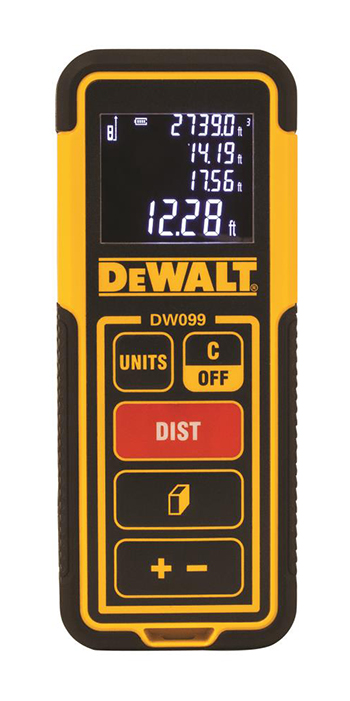
Laser distance measurers are not only faster and easier to use than linear tape measurers, but they are also more accurate. Aim the device to your endpoint, and the distance is displayed on the screen. Many of these devices can also calculate various angles and perform calculations. Some quality measuring tools have memory capacity for auto calculations standard to your projects or profession.
Higher-end models have a much higher range than standard models. For example, a lower-range model can measure distances of up to 20 meters. This traditional model should suffice for single-unit dwellings, smaller homes, or offices. Larger units measure distances of 300 to 800 feet. These are well-suited for larger homes and commercial projects. Road workers require distance measurers with longer ranges and should also look for models with Bluetooth functionality.
There is also precision to consider. Lower-end models will ensure accuracy up to 1/4 inch. For general measurements and estimates, this is sufficient. For jobs where finite accuracy is crucial, such as laying pipe, grading, pouring a foundation, or grading for a road, look for a model that guarantees an accuracy of 1.0 mm or less.
Laser Bobs
Laser bobs have been replacing traditional plumb bobs for years, and for good reason. They, like any other type of laser measuring tool, are not only more convenient but also more accurate. Unlike an analog tool, a laser bob takes seconds to settle and create a straight line. This is especially useful when hanging doors and framing windows, rooms, ceilings, etc. Some laser bobs are self-leveling, with an internal system acting as a computerized pendulum. These levels also can calculate multiple points at once, creating nearly instantaneous 90-degree angles.
Many of these models have magnetic mounts. They can also typically be secured via a tripod or strap. Please look for telescoping poles to help get measurements in hard-to-reach areas.
Laser Levels
Digital levels have become the go-to replacement for liquid levels. Dual-plane levels help align two different surfaces in a 360-degree plane for various jobs, including framing, plumbing, and more. Pulsating modes help keep the lasers distinctive and easily read in bright lighting. As with electronic laser bobs, many laser levels feature an internal “smart” pendulum that allows the device to self-level. Manual settings let you make line locks at any angle. Many digital levels and angle finders include a traditional bubble level for quick readings that don’t require battery power.
Laser levels can also help measure the distance between two objects or help line up items relatively far apart. This may allow for hanging artwork and mirrors, window framing, window treatments, and installing molding. These tools can also be crucial for accurately installing new plumbing.
Transit Level
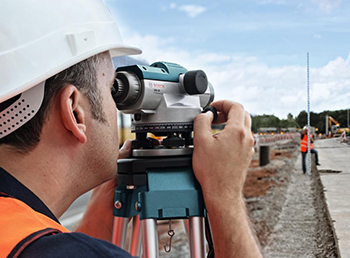
A transit level is a tool used primarily by surveyors and builders. Transit levels are telescopes that mount to a tripod with an internal spirit level. Digital transit levels use lasers and optical equipment to automatically calculate reference lines, angles, and other readings.
Large commercial lasers and transit levels have features that are pretty useful for more extensive surveys and building sites. A rotary laser creates 360-degree measurements with long ranges of 1,300 feet or more. Some kits include a receiver to help ensure accuracy at even greater distances.
Surface Laser
A surface laser helps line up surfaces to guarantee accuracy. Some surface lasers determine a straight line even if the surface is uneven, which is critical for ground surveying. It can create 45, 90, and 135-degree angles from a single setup to ensure that you lay your lines evenly. These tools mount magnetically or via a tripod.
You can look for options like Bluetooth connectivity to help interface with mobile apps, which will store and calculate measurements for you. Some of this software can directly engage with your floor plans or diagrams through popular design software. This makes formulating estimates on the site or shopping for equipment even faster and easier.
Multi-Angle Measurement
One of the primary advantages of how laser measuring tools function is their multi-angle capability. Simply mount a multi-angle laser to a tripod, fasten it to a column, or hang it from a wall and allow it to measure multiple angles simultaneously. Many multi-angle lasers also perform multiple calculations for you with the data collected. Depending upon the nature of your work, this could help improve your estimates and overall workflow.
Depending on your measurements, create single vertical and horizontal lines in various combinations. A 360-degree laser gives you coverage of an entire room or large area. Self-leveling technology ensures the device corrects itself, even from one setup point.
Multi-Scanners
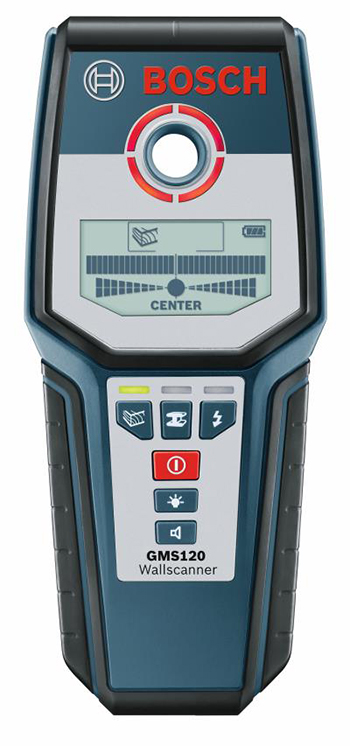
If you’re preparing to bore into an existing wall, you must ensure you’re not damaging existing cables, plumbing, or electrical conduits. Multi-scanners are measuring tools that use radar technology to detect live wiring, metals, and plastic conduits. The convenience of these tools is that they can remain stationary and see the areas immediately surrounding them. Wide-band scanners can detect a large radius through dense materials like thick concrete.
Most scanners emit a sound and a light when they detect a pipe, stud, or wires. Many run on regular batteries, so powering them is simple and doesn’t require a charger. Look for features such as a center finder, which locates the center of a detected object, to give you even greater accuracy.
| Scanner Type | Detection Modes (Average) | Scan Depth | Light and Sound Displays | Center Finder |
|---|---|---|---|---|
| Wall Scanner | Three | Thin walls/floors | X | |
| Standard Multi Scanner | Three | Standard walls | X | X |
| Wide-Band Scanner | Six or more | 6-inches dense materials (concrete) | X | X |
Key Accessories for Your Measurement Tool
Several different types of laser-level accessories are affordable solutions that allow you to mount the laser level to a single spot. This device typically attaches via a clip or a clamp to ceiling trim or a beam. Please look for options, including several height adjustments for different measuring tools.
Pole systems and rods help elevate the height of the laser level to measure distances either high above or below you. Telescoping rods can adjust to different lengths depending on the situation. Tension poles secure almost anywhere in the room for convenient and steady 360-degree measuring or capturing multiple angles. These accessories are easily mounted and taken down without tools or hardware.
The most popular accessory for the professional is the mounting tripod. Most manufacturers offer a line of tripods explicitly designed for their more significant multi-angle transit levels and surface lasers. They also work with point lasers to hold a steady line for all measuring circumstances.
Look for tripods made of heavier and sturdier equipment for outdoor uses, such as roadwork and surveys. These are typically rated for professional construction jobs, are weightier, and are created of higher-grade materials than lower-end tripods. They may also have a center column that can make smoother and quicker height adjustments and could have a greater overall height allowance.
Electronic and laser measurement tools provide more accuracy and may be easier to use than their analog counterparts. Bluetooth functionality helps make calculations on the fly and adds data to existing plans. These versatile features can determine how to choose a measuring tool to help your projects go more smoothly and help make on-site estimates more accurate.

